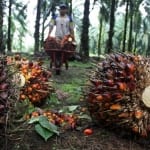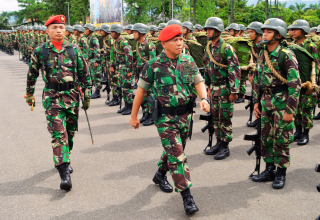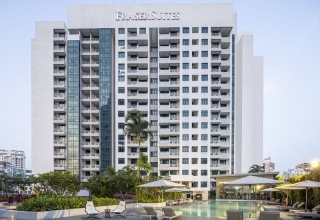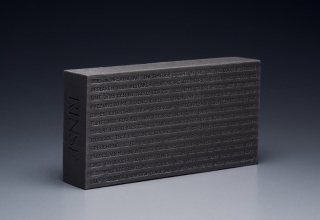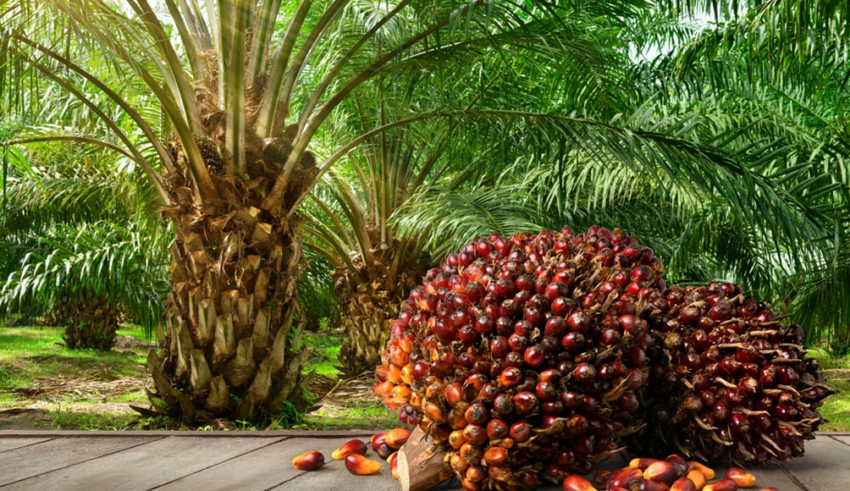
Hidden amidst the lush greenery of Riau province, the heartland of Indonesia’s palm oil production, a startling revelation has sent shockwaves through the palm oil industry. According to a groundbreaking report published by Eyes on the Forest (EoF), a coalition of NGOs in Sumatra, nearly half of the oil palm plantations in this region operate illegally, sparking a unique and complex environmental and legal crisis.
What does the Report reveal?
The report’s revelations have illuminated an alarming truth: within Riau’s 5.41 million hectares of oil palm plantations, equivalent to a staggering 13.37 million acres, a substantial 47% exist within areas designated as forests by the government. This categorization, defined by a 2013 law, should render these lands off-limits to activities such as oil palm cultivation and mining.
The most astonishing twist is that a significant 91.3% of these illegal plantations have firmly taken root within forest zones initially allocated for production, encompassing logging and various forestry activities. The remaining transgressions have encroached upon conservation and protected areas.
This report has unveiled an uncomfortable truth: Riau boasts the largest expanse of illegal palm plantations in Indonesia, a nation recognized as the world’s largest palm oil producer. In the province alone, over half of these illegal operations have found their home.
For the Indonesian government, this underscores the urgency of prioritizing Riau as a focal point for resolving the endemic problem of illegal plantations. Nursamsu, EoF’s coordinator, believes that solving this issue within Riau can serve as a beacon, illuminating the path for tackling the same problem in other provinces across the country.
What’s the Government’s Plan?
The government’s solution lies in a sweeping amnesty program introduced under the “omnibus law on job creation” in 2020. This program grants a three-year grace period for operators of illegal plantations to acquire essential permits, officially rezone their operational areas for palm cultivation, and settle mandatory fines to continue their operations legally.
Yet, environmental activists and conservationists advocate for transparency, emphasizing the importance of a public-involved process that guards against corruption as the three-year amnesty deadline approaches.
To understand the characteristics of these illegal plantations, researchers meticulously examined 46 plantations within forested areas. In a startling revelation, half of these plantations were found to be operating unlawfully, with some boasting a relative maturity, ranging from 10 to 35 years. These findings revealed the involvement of some prominent companies, including Sinarmas, Darmex, Surya Dumai, and First Resources, as owners of these illegal plantations.
If these plantations ultimately secure amnesty, EoF insists that their owners prioritize the rehabilitation of degraded sections within their concessions.
EoF also champions the restoration of ecosystems within oil palm landscapes located within forested areas, a critical step in helping Indonesia meet its emissions reduction targets. This restoration effort is hailed by Boy Even Sembiring, director of the Riau chapter of the Indonesian Forum for the Environment (Walhi), for its environmental significance.
In addition to ecological restoration, EoF underscores the need for transparency within the amnesty program. The program classifies plantations into two categories: 110a applicants with relevant licenses from local authorities but not from the national government and 110b applicants lacking permits from both local and national authorities.
Keep Reading
What does the Industry need?
Transparency is paramount, as it remains unclear whether plantations designated as 110b applicants are being granted amnesty under the more lenient 110a rules. Nursamsu insists that the government must publicly disclose comprehensive information on illegal plantations and their owners, ensuring that the process remains legitimate and equitable.
The clock is ticking, with plantation operators having until November 2, 2023, to apply for the amnesty program. By early 2023, 237,511 hectares of plantations had been legalized under the program. At the close of 2022, the government had identified the owners of another 543,411 hectares of illegal plantations, encompassing 616 palm oil companies.
Curiously, despite the potential for amnesty, few companies are racing to embrace this opportunity. Hariadi Kartodihardjo, a lecturer in forestry policy at the Bogor Institute of Agriculture (IPB), suggests that these companies may feel no urgency to rectify their legal status. Companies involved in illicit plantations may believe that their influence and connections can shield them from legal repercussions, making the opportunity for amnesty less attractive.
This unique scenario underlines the urgency of a transparent, accountable, and equitable approach to address illegal plantations, which carry significant environmental and legal implications. It’s a battle that transcends palm oil production and touches the very heart of Indonesia’s commitment to environmental preservation and transparency.

